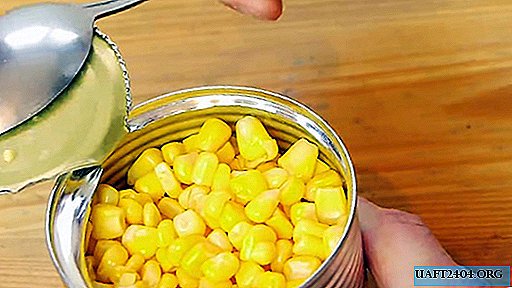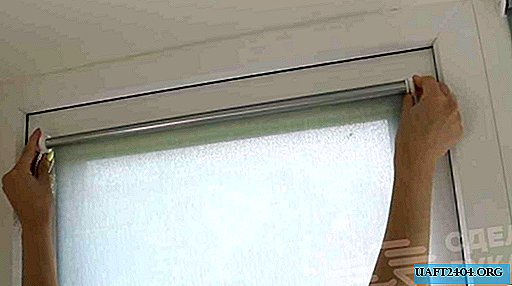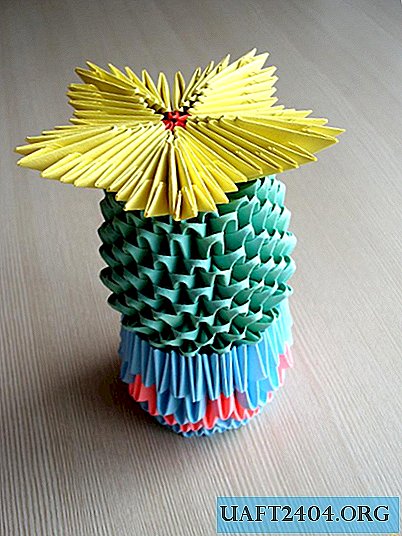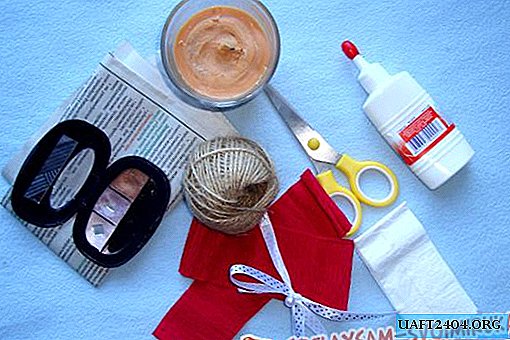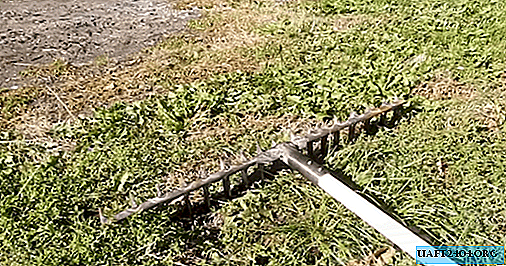Share
Pin
Tweet
Send
Share
Send
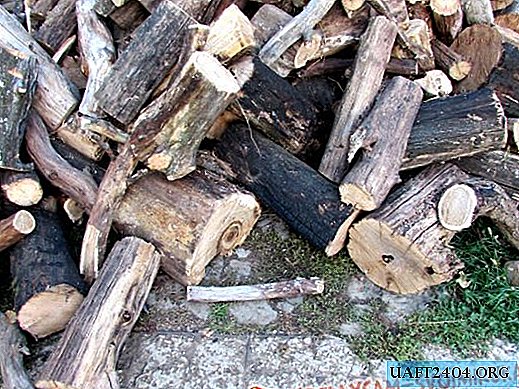
Where and how to chop wood
A competently organized place for splitting firewood is a platform the size of which is enough for the expansion of logs and the scope of a cleaver. Underfoot there should be trampled ground or thick concrete, and above the head there should be enough space to lift the tool on outstretched arms. Chumps for splitting are placed on a stable deck - a wide non-cracked stump up to the knee, better with knots and ornate wood.

A professional look at the preparation of firewood separates the actions of "felling" and "chopping" carried out by various tools. Punched axes with a sharp tip chopped wood, so they are used when removing knots, felling small trees, preparing chips and chopping thin, freshly sawn stumps. For chopping firewood other types of tools are suitable:
- A massive sledgehammer cleaver that has a blunt blade and splits the logs like a wedge. It breaks even impressive stumps, but with a swing it requires considerable effort.
- Lightweight modifications of the classic tool - cleaver with rhombic blades, "eared" or with other projections of the body, splitting the wood. The blow comes out weaker, but it’s easier to wave them.
In your household, it is more accurate to acquire both types of tools. The bulk of the firewood is pricked with an “eared” cleaver, and a heavy gun used for large and branched specimens. Yes, and the "spare" is always useful to finish the job when a tool breaks.

The weight of the tip, the material of the handle, its shape and length - these parameters are important when selecting a cleaver, but it will probably be determined with them only in practice, having worked with different tools. When choosing a tool, hold it in weight and try to wave. The main thing is that the cleaver confidently "lies" in the hand and is comfortable.
It is noticed that with a long handle it is easier to break thick logs, and for dry small stumps, handles 50-70 cm long are enough. Large diameter stumps lend themselves directly to sharpened tips, a semicircular cutting part promotes the splitting of resinous and raw wood. Steel wedges driven into the cracks by a sledgehammer are useful for splitting dense knotty stumps.
Preparing the cleaver for work
The real owner before chopping firewood will always inspect the tool, check the integrity of the ax and the landing of the metal part. Reliable fixation of a wooden handle with a tip occurs through a wedge made of a steel plate and driven into the end of the wood.

The part of the handle under the tip, which is subject to crushing during misses, must be protected by an overlay. If necessary, this part is done independently:
1) Having taken a galvanized strip with a width of 20 cm, first beat off the tin in the corner.

2) Then bend the metal in half using a mallet.

3) Scissors trim the side opposite the bend.

4) Putting a strip on the ax, crush the edge and grab the tin with a nail.

5) Bending the strip around the handle, cut off the excess metal.

6) Compress the protection with a clamp and bend where necessary with a hammer.

7) Drill holes in the tin and finally fix with nails.

A cleaver with a wooden handle is lowered into the water for 1-2 hours before work - the tree swells and holds better.

However, such measures are permissible to apply when there is slight staggering of the handle. A heavily cracked wooden part is replaced by purchasing a finished handle or making an ax with your own hands.
The correct chopping of firewood

Work planning greatly facilitates the process of harvesting firewood. Dry or frozen logs split faster than freshly cut trees. It is wiser to dry the "green" hemp than to tear with raw logs.
Remember safety - free the site from unnecessary objects and ask others to move away. Wear sturdy shoes and wear sturdy, non-slip gloves or gloves. Plastic safety glasses do not interfere.
Set the stump on the deck with the knots down and turn the crack towards you. If there are no crevices, choose a split between the knots. Make sure the log is stable.

Stand in the correct position: the legs are wider than the shoulders, the deck is in the middle, the distance to the hemp is such that you can touch its center with the blade. If you move away, the cleaver will miss and hit the ground, if you get closer - you can hit the handle and beat off your hands.
Grab the handle bend with your left hand and grab the cleaver with your right hand near the tip. Bending your legs, raise the implement up on straightened arms. Slide your right hand along the handle and with acceleration strike in the crevice.

It didn’t work out to split the first time - remove the cleaver, swaying up and down. Repeat the blow, rushing into the same crack. Raise the tool high enough and lower it sharply, using the mass of the cleaver itself. Repeat until the log block is completely split.

Stump stubs with the technique of three strokes in one line: the first to the center, the second to the farthest place, the third and the final to the near side. Large block logs begin to split from the edges, splitting off small logs and slowly moving to the center. Use a cleaver stuck in a stump as a wedge, striking a hammer with a sledgehammer.

Try to change the strength and speed of the swing, chop wood deliberately and do not rush. Gradually, an intuitive sense of how much you need to hit the block of wood will come.
Having split a decent amount of firewood, clean the area by removing the logs into the woodcutter.

Over time, chopping firewood will cease to seem like a hard business and will become a normal activity, maybe even exciting and exciting.
Share
Pin
Tweet
Send
Share
Send

